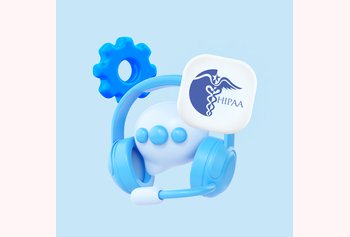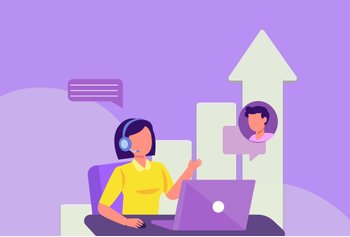SaaS Customer Support – Best Practices, Critical Metrics, and More
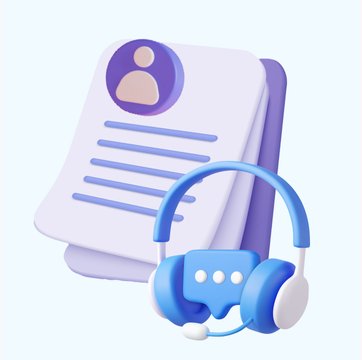
Table of contents
The success of a Software as a Service (SaaS) business is heavily dependent on its ability to retain and nurture their customers.
It’s not just about getting your customers on a subscription plan. What matters is how you build a relationship with them.
To do this effectively, a SaaS customer support strategy is key. It not only provides a framework for your business to resolve client issues, but also enables you to proactively address problems.
This fosters customer trust, drives retention, and eventually, leads to valuable word-of-mouth referrals, all of which are vital for sustained growth in the competitive SaaS market.
In this article, we look at how to do SaaS customer support right. The best practices you can follow, and critical metrics you need to track.
Table of Contents
- What is SaaS Customer Support?
- Metrics to Include in Your SaaS Customer Support Strategy
- Best Practices in SaaS Customer Support
- 4 Types of SaaS Customer Support Software
- Conclusion
What is SaaS Customer Support?
SaaS customer support refers to the comprehensive assistance and services provided by a Software as a Service provider to its users.
It includes all aspects of helping users make the most of the SaaS application, from onboarding and initial setup to ongoing technical support, training, and issue resolution.
This customer support ensures that users have a positive experience, can effectively use the software, and receive prompt assistance when encountering problems. SaaS customer support is critical for user satisfaction, customer retention, and the overall success of the businesses. This is because it helps foster strong relationships with users and ensures they derive maximum value from the software.
Metrics to Include in Your SaaS Customer Support Strategy
When crafting a SaaS customer support strategy, it’s essential to include relevant metrics to measure performance and track the effectiveness of your support efforts. Here are some key metrics to consider:
- Customer Satisfaction (CSAT): CSAT measures the overall satisfaction of users with the support they receive. It is typically measured through post-interaction surveys or feedback forms and helps assess the quality of your support service.
- Net Promoter Score (NPS): NPS gauges the likelihood of customers to recommend your SaaS product or service to their friends and family. It’s an indicator of overall customer loyalty and can provide insights into the performance of your support strategy.
- First Contact Resolution (FCR): FCR measures the percentage of customer issues or inquiries that are resolved at first contact with your support team. High FCR rates indicate efficient support processes.
- Average Response Time: This metric measures how quickly your support team responds to customer inquiries.
- Average Resolution Time: This metric tracks the time it takes to resolve customer issues or inquiries.
- Ticket Volume and Trends: Monitoring the volume and type of support tickets created can help you identify common issues and areas that need improvement.
- Customer Churn or Retention Rate: Churn rate measures the percentage of customers who cancel their subscriptions in a given time period. A low churn rate is a positive sign, indicating that your support efforts are retaining customers.
- Customer Effort Score (CES): CES measures the ease with which customers can get their issues resolved. A lower effort score indicates a smoother support experience.
- Ticket Backlog: This metric indicates the number of unresolved support tickets at any given time. Managing and reducing ticket backlogs are crucial for maintaining efficiency.
- Escalation Rate: The escalation rate measures the percentage of support tickets that need to be transferred to higher-level support or specialized teams. A high escalation rate may suggest the need for additional training or resources within your SaaS support team.
- Agent Productivity: Measure the performance of your support agents, including the number of tickets handled, response and resolution time.
You Might Also Like: Top 17 Customer Success Metrics and How to Track Them
Best Practices in SaaS Customer Support
Providing excellent customer support is crucial for the success of any SaaS company. Here are some best practices in SaaS customer support.
1. Provide Multi-channel Support
Multichannel support is crucial in the Software as a Service (SaaS) industry for several reasons.
Firstly, it offers your users the flexibility to interact with you through their preferred communication channel, be it email, chat, phone, or social media.
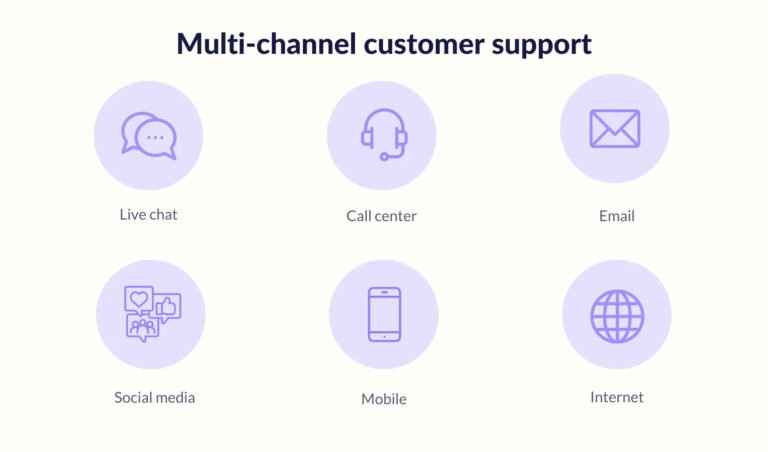
This accessibility ensures that customers can seek assistance or resolve issues conveniently, leading to a positive user experience.
Multichannel support also enables SaaS ideas companies to efficiently manage customer inquiries and support requests. By centralizing communication across various channels through a unified platform, they can streamline their support operations, reduce response time, and maintain consistency in their service.
How Can You Enable Multichannel Support for Your SaaS Business?
- Identify Relevant Channels: Determine which communication channels your target audience prefers and frequently uses. Common options include email, chat, phone, social media, and a self-service knowledge base. Your choice of channels should align with your customers’ preferences, and your business’s capabilities and resources.
- Select the Right Tools: Invest in customer support software or a customer relationship management (CRM) system that allows you to manage and integrate multiple communication channels in a single platform. For instance, Hiver’s powerful help desk allows you to manage customer interactions across email, live chat, knowledge base, voice, and WhatsApp – from one central location.
- Train Your Support Team: Ensure your support team is well-trained in handling inquiries from different channels. They should be proficient in both written and verbal communication and understand the nuances of each channel to provide consistent and effective support.
2. Pay Attention to Response Times
SaaS products are critical tools for businesses. Any downtime or issues with these tools can disrupt their workflows and productivity.
This is precisely why fast response times are crucial in SaaS customer support.
Fast response times minimize downtime and the impact of disruptions, ensuring customers are able to continue their work effectively.
Aside from this, in a competitive SaaS market, offering timely customer support sets you apart from competitors. It can be a key differentiator that attracts and retains users.
For instance, Hiver’s customer support is known for being highly responsive and helpful any time their customers face an issue with the platform.
Here are some numbers to put this into perspective.
- Hiver has a first call resolution rate of 88% which exceeds the industry average of 40%.
- It has an average chat response time of 13 seconds which is nearly 3x faster than the industry average time of 45s.
Hiver’s customer service is literally the best team in software. They respond almost instantly and will happily jump on a Google Meet call with you so you can walk through your issue.
–Hiver user on G2
How Can You Ensure Faster Response Times?
- Set Clear Response Time Goals: Establish clear and realistic response time targets for different channels and types of inquiries. Make these goals visible to your support team and hold them accountable for meeting these targets. For instance, all incoming queries must receive an initial response within the first two hours.
- Prioritize Tickets: Implement a ticket prioritization system based on the urgency and impact of the issue. Ensure that high-priority tickets are addressed promptly, while lower-priority ones may have longer response times.
- Use Email Templates: Create predefined responses and templates for common inquiries or issues. This can help support agents reply faster while maintaining consistency in responses. For instance, Hiver’s Email Templates allows you to save and share responses to common customer queries with your team. Your teammates can access these templates with a single click and use them to respond faster to routine inquiries.
3. Set Clear SLAs
SLAs define the expected response time, resolution time, and service quality that customers can anticipate when they encounter issues or seek assistance.
By setting SLAs, you establish clear expectations, which are crucial for user satisfaction in SaaS. SLAs also help support agents understand their targets and priorities, ensuring that they focus on resolving issues promptly and efficiently. This accountability drives improved performance and consistency in support delivery.
Hiver allows you to configure help desk SLAs with ease. This way you can track and manage customer queries and ensure that every email receives timely responses. You can also set up SLA violation conditions. This way if an SLA is violated, the relevant stakeholders are notified using an ‘SLA Violation’ tag.
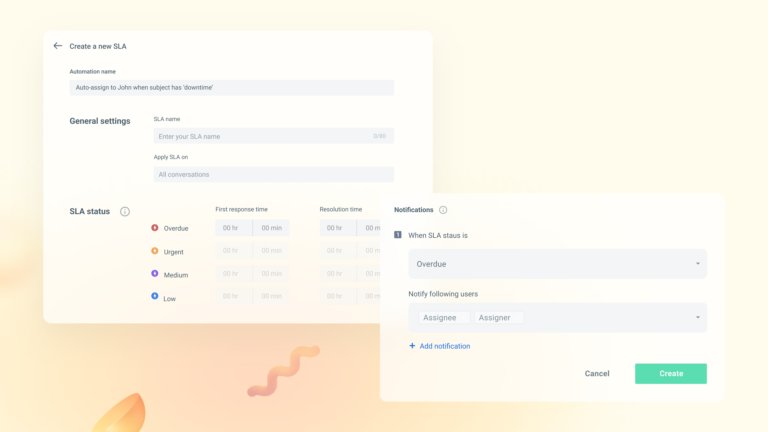
How Can You Set Clear SLAs for Your Support Team?
Define Objectives and Priorities:
- Begin by outlining your customer support objectives. What are your key service priorities? For example, is it a fast response time, high first-contact resolution rate, or 24/7 availability?
- Identify the different types of support requests or issues that your team handles, and categorize them based on urgency and impact on customers.
Determine Response and Resolution Times:
- Specify response time goals for each type of support request. Response time can vary based on the severity of the issue. For example, critical issues may require an immediate response, while non-urgent inquiries could have longer response windows.
- Set resolution time targets for each category of support request, ensuring that issues are resolved within a reasonable timeframe.
Establish Escalation Procedures:
- Define escalation paths for issues that cannot be resolved within the specified timeframes. Make it clear when and how support cases should be escalated to higher-level support or management.
- Ensure that escalation procedures are communicated to the support team and implemented consistently.
4. Deliver Proactive Support
Proactive support involves identifying and addressing potential issues or questions before they become significant problems for customers.
When customers receive proactive assistance and guidance, they are less likely to encounter obstacles that might lead them to consider switching to a competitor’s product. This, in turn, contributes to a higher customer retention rate and a more stable revenue stream.
Aside from this, proactively identifying opportunities to upsell or cross-sell additional features or services can drive revenue growth. By understanding your customers’ needs and preferences, you can recommend relevant upgrades that add value to their experience.
How Can You Deliver Proactive Support to Your SaaS Customers?
- Understand Your Customers: Develop a deep understanding of your customer base. Segment customers based on their usage patterns, industry, or demographics to tailor proactive support efforts effectively.
- Collect Customer Data: Use analytics and user data to track how customers interact with your SaaS product. Identify common pain points, usage trends, and areas where customers may need assistance.
- Implement Usage Monitoring: Implement tools that allow you to monitor how customers use your product in real-time. Look for signs of product adoption issues, unusual behavior, or potential errors. This enables the support team to address any issues proactively, preventing customer dissatisfaction and reducing the number of support requests.
- Onboarding Assistance: Offer personalized onboarding assistance to new customers to ensure they start using your product effectively. This could include guided tours, setup assistance, or onboarding webinars.
- Proactive Chat Support: Implement proactive chat support on your website and within your SaaS product. Use chatbots or live agents to offer immediate assistance when users seem stuck or confused.
4 Types of SaaS Customer Support Software
SaaS customer support software comes in various forms to meet the diverse needs of businesses. Here are four types you need to be aware of.
1. Help Desk Software
A help desk is crucial in SaaS customer support because it serves as the central hub for efficiently managing and resolving customer inquiries, issues, and requests.
It provides a structured system for tracking and prioritizing support tickets, ensuring that no customer concern goes unaddressed. Additionally, a help desk software offers automation, knowledge base integration, and reporting tools that streamline support operations and reduce response time.
It empowers support teams to collaborate effectively, maintain customer histories, and meet service level agreements (SLAs).
Hiver is one such help desk platform that works seamlessly inside Gmail.
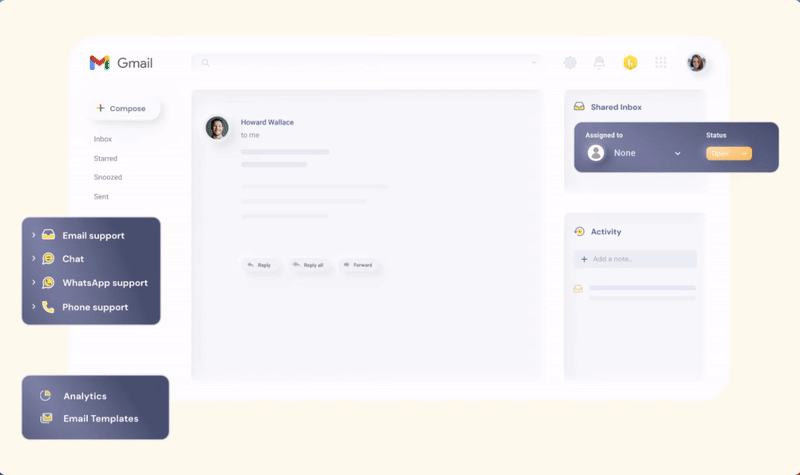
The platform allows you to offer multichannel support so that your clients can reach out to you via email, chat, phone, or WhatsApp.
Here are some of Hiver’s key features:
- Email Management: Hiver’s Email Management feature turns every incoming customer conversation into actionable tasks. They can then be easily assigned to your support agents, ensuring every query is accounted for.
- Automations: With Hiver’s robust automations, you can automate repetitive tasks so that your agents can focus on more complex queries. For instance, you can assign incoming emails to agents based on their skill set. All emails containing the word ‘Payment’ in the subject line can be assigned to the payroll specialists in the finance team.
- Internal Collaboration: Email Notes are present alongside every customer conversation to enable seamless internal discussions. Your support agents can simply @mention a teammate and write them a message. The teammate gets notified in real time and can respond to the internal message. This way support agents can collaborate on customer queries without relying on CCs and forwards.
- Analytics and Reporting: Hiver’s Analytics allow you to get actionable insights into team performance and customer satisfaction. You also get access to multiple pre-built reports that can help you make data-driven decisions. Aside from this, you also get to build custom reports to help you measure what matters to you.
2. Live Chat and Messaging Software
In SaaS customer support, live chat and messaging software plays a pivotal role in providing real-time assistance to users.
It enables immediate communication between support agents and customers, allowing for quick issue resolution, on-the-spot guidance, and personalized interactions. This ensures that users can maximize the value of their SaaS applications.
A good example of a live chat software is Intercom.

Intercom is a customer messaging software that businesses use to communicate with their users in real-time. It provides a suite of tools for customer support, marketing, and sales teams to interact with website visitors and app users through various channels such as chat, email, and social media.
Here are some of Intercom’s key features:
- Live Chat: Businesses can engage with their website visitors and users through chat conversations, answering questions and offering assistance in real-time.
- Fin AI: Intercom’s AI bot – Fin is instrumental in answering customer queries instantly. The bot can also analyze complex problems and loop in human agents wherever necessary. This enhances the overall customer experience.
- Product Tours: Intercom allows for the creation of product tours and onboarding experiences to help new users navigate and understand a product or service.
- User Segmentation: Businesses can segment their customer base based on various criteria, such as demographics, behavior, or purchase history, to provide personalized experiences.
You Might Also Like: 10 Best Intercom Alternatives for 2025
3. Knowledge Base Software
Knowledge base software plays a critical role in SaaS customer support by serving as a centralized repository of help articles, tutorials, and best practices.
It equips users of a product with the resources they need to independently navigate and optimize their SaaS applications, reducing reliance on direct support.
This not only enhances user autonomy and satisfaction but also allows SaaS businesses to allocate support resources more strategically, focusing on complex issues and specialized assistance.
Helpjuice is a popular knowledge base software.
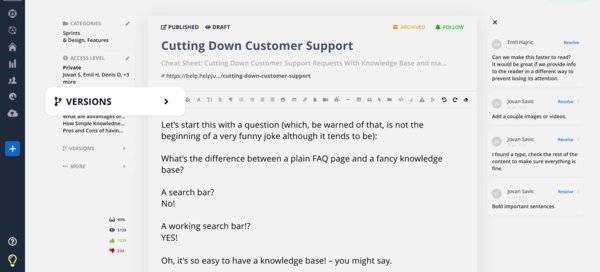
The platform is commonly used for creating and managing self-service help centers for customer support, employee training, and other information-sharing purposes.
Here are some of the key features of Helpjuice:
- Knowledge Base Creation: HelpJuice provides tools for creating and structuring knowledge articles and documentation. Users can create and edit content using a user-friendly editor.
- Analytics: HelpJuice offers analytics and reporting features to track user engagement and identify areas where knowledge base content may need improvement.
- Search Functionality: The platform includes search capabilities, enabling users to quickly find relevant information within the knowledge base.
- Content Collaboration: Helpjuice supports collaborative content creation and editing, allowing multiple users to contribute to and update documentation.
You Might Also Like: 11 Best Knowledge Base Software in 2025
4. Customer Relationship Management (CRM) Software
A CRM system is vital for SaaS companies as it helps manage and nurture customer relationships.
It allows SaaS providers to track customer interactions, subscription details, and user behavior, enabling personalized support, targeted marketing, and upselling opportunities.
This enhances customer retention, drives revenue growth, and ensures a deep understanding of user needs, all critical factors for success in the competitive SaaS industry.
Salesforce is one of the most popular CRM solutions available in the market.
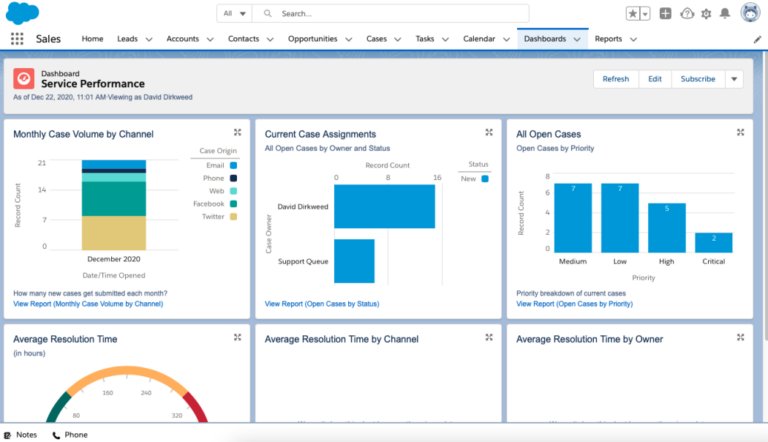
The platform offers a wide range of cloud-based applications and services. Salesforce is known for its versatility and is used by businesses of all sizes across various industries to manage customer relationships, sales processes, marketing campaigns, and support operations.
Here are some of Salesforce’s key capabilities:
- CRM Capabilities: Salesforce’s core offering is its CRM platform, which allows businesses to store and manage customer data, track interactions, and analyze customer behavior to improve engagement and sales processes.
- Sales Cloud: Salesforce’s Sales Cloud provides tools and features for managing sales leads, opportunities, and customer accounts. It helps sales teams streamline their workflows, track deals, and forecast sales.
- Service Cloud: Service Cloud is Salesforce’s customer service and support platform. It includes features like case management, knowledge base management, omnichannel support, and AI-powered chatbots to enhance customer support operations.
- Commerce Cloud: Commerce Cloud is designed for businesses looking to establish or enhance their e-commerce presence. It offers features for building online stores, managing product catalogs, and optimizing the customer shopping experience.
- Analytics and AI: Salesforce offers powerful analytics and artificial intelligence (AI) capabilities through Einstein Analytics. This helps businesses gain insights from their data, make data-driven decisions, and even predict customer behavior.
- Integration and AppExchange: Salesforce offers robust integration capabilities, allowing businesses to connect with other software applications and systems. The Salesforce AppExchange provides a marketplace for third-party apps and integrations.
Conclusion
The most efficient SaaS customer support strategies combine best practices with a powerful tech stack – both of which we’ve looked at in this article.
This helps SaaS companies to:
- Resolve user queries and issues on time
- Proactively address issues that may arise.
- Reduce waiting time for users when they contact support
- Improve performance of their support team through training
Always keep this in mind: Irrespective of how good your product is, it’s your customer support that will make users use your product long-term.
Additionally, using technology – helpdesk software, live chat software, and CRM amongst others – can help streamline support conversations and improve quality of resolutions that you offer.












